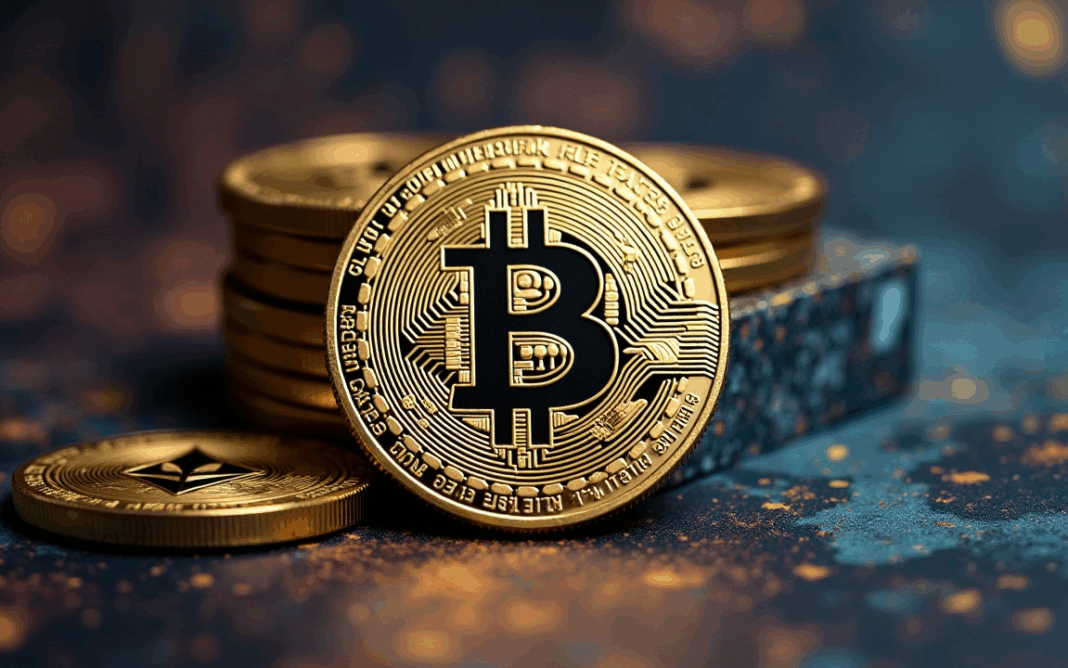Market Pulse
In a truly astonishing turn of events, the legal team representing Sam Bankman-Fried (SBF) has unleashed a bombshell claim: FTX was never actually bankrupt, possessing a colossal $136 billion in assets. This audacious assertion, emerging nearly two years after the exchange’s spectacular collapse and SBF’s subsequent conviction, threatens to upend the entire narrative surrounding one of crypto’s most infamous failures and cast a long shadow over ongoing creditor recovery efforts. Coming from SBF’s camp, the claim immediately invites intense scrutiny and skepticism from a market still reeling from the fallout.
A Staggering Reversal of Fortune?
The original declaration of FTX’s bankruptcy in November 2022 sent shockwaves across the global financial landscape, wiping out billions in user funds and triggering a prolonged crypto winter. SBF himself was convicted on multiple fraud and conspiracy charges in late 2024, cementing his role as the architect of a monumental collapse. For his legal team to now contend that the exchange, which once boasted a multi-billion-dollar valuation, was solvent all along—and not just solvent, but overflowing with assets—is a narrative twist few could have predicted. This claim directly challenges the meticulous work of the FTX Debtors’ team, who have spent years painstakingly attempting to locate and recover assets for defrauded customers.
The Contours of the $136 Billion Claim
Details surrounding the alleged $136 billion in assets are sparse, but SBF’s team posits that these holdings include a diversified portfolio of digital assets, strategic venture capital investments, and various fiat currency reserves. They argue that these assets, if properly managed and liquidated, would not only cover all creditor claims but leave a significant surplus. The core of their argument hinges on the idea that the initial bankruptcy declaration was either premature or based on an incomplete understanding of FTX’s true financial position. However, critical questions remain:
- What specific assets comprise this $136 billion?
- Why were these assets not apparent or accessible during the initial bankruptcy proceedings?
- What is the current liquidity and market value of these diverse holdings?
- Does this claim account for the significant internal commingling and misuse of funds that led to SBF’s conviction?
Legal Ramifications and Creditor Implications
This new claim introduces an extraordinary layer of complexity to the already protracted FTX bankruptcy proceedings. For creditors, who have endured years of uncertainty and diminishing hopes for full recovery, this news is a double-edged sword. While the prospect of significantly higher payouts is tantalizing, the source of the claim—SBF’s defense—immediately raises red flags. It suggests a potential strategy to bolster his appeal or challenge the validity of the original bankruptcy. This could:
Read Also: Gamified Engagement: The Rise of Crypto Casinos Giveaways in 2025
- Lead to further delays in creditor distributions as new investigations or legal arguments unfold.
- Complicate the work of the current FTX Debtors’ team, forcing them to address these new assertions.
- Potentially influence SBF’s ongoing legal appeals, despite the robust evidence presented during his trial.
The legal battles are far from over, and this new development could very well extend the saga for years to come.
Market Reaction and Public Scrutiny
The crypto market’s initial reaction has been one of deep skepticism mixed with cautious observation. Given SBF’s history and conviction, many view this claim as a desperate attempt to rewrite history or manipulate public perception. Industry experts are already questioning the veracity of the figures and the motives behind their release. While a substantial asset recovery would undoubtedly be positive for affected individuals, the manner and source of this claim risk undermining any potential confidence boost. Instead, it highlights the enduring need for transparent, verifiable financial practices within the digital asset space and reinforces distrust in figures like SBF.
Conclusion
The SBF team’s claim of $136 billion in FTX assets, and the assertion that the exchange was never truly bankrupt, marks an unprecedented twist in one of crypto’s most defining scandals. While the sheer scale of the alleged assets offers a glimmer of hope for long-suffering creditors, the contentious nature of the source and the lack of immediate substantiation mean the path to resolution remains incredibly murky. As legal teams prepare for what could be a renewed battle, the crypto world watches with bated breath, seeking clarity amidst the latest chapter of the FTX saga.
Pros (Bullish Points)
- Potential for significantly higher recovery rates for FTX creditors if the claims hold any verifiable truth.
- Could lead to a deeper examination of asset management and transparency standards within the crypto industry.
Cons (Bearish Points)
- The claim from SBF's team is likely to be met with extreme skepticism, potentially prolonging the legal and bankruptcy proceedings indefinitely.
- Adds further uncertainty and distrust to the crypto market, especially regarding past major exchange failures and their true financial health.
Frequently Asked Questions
Who is making the claim about FTX's $136 billion in assets?
The claim is being made by Sam Bankman-Fried's (SBF) legal defense team, suggesting FTX was never truly bankrupt.
How does this claim affect FTX creditors?
It could offer a theoretical hope for higher recovery, but also risks significant delays and complications in the ongoing bankruptcy proceedings due to renewed legal challenges and investigations.
Why is there skepticism surrounding this claim?
Skepticism stems from SBF's recent fraud conviction, the lack of transparency around these assets during the initial bankruptcy, and the timing of the claim appearing to be part of a defense strategy.






